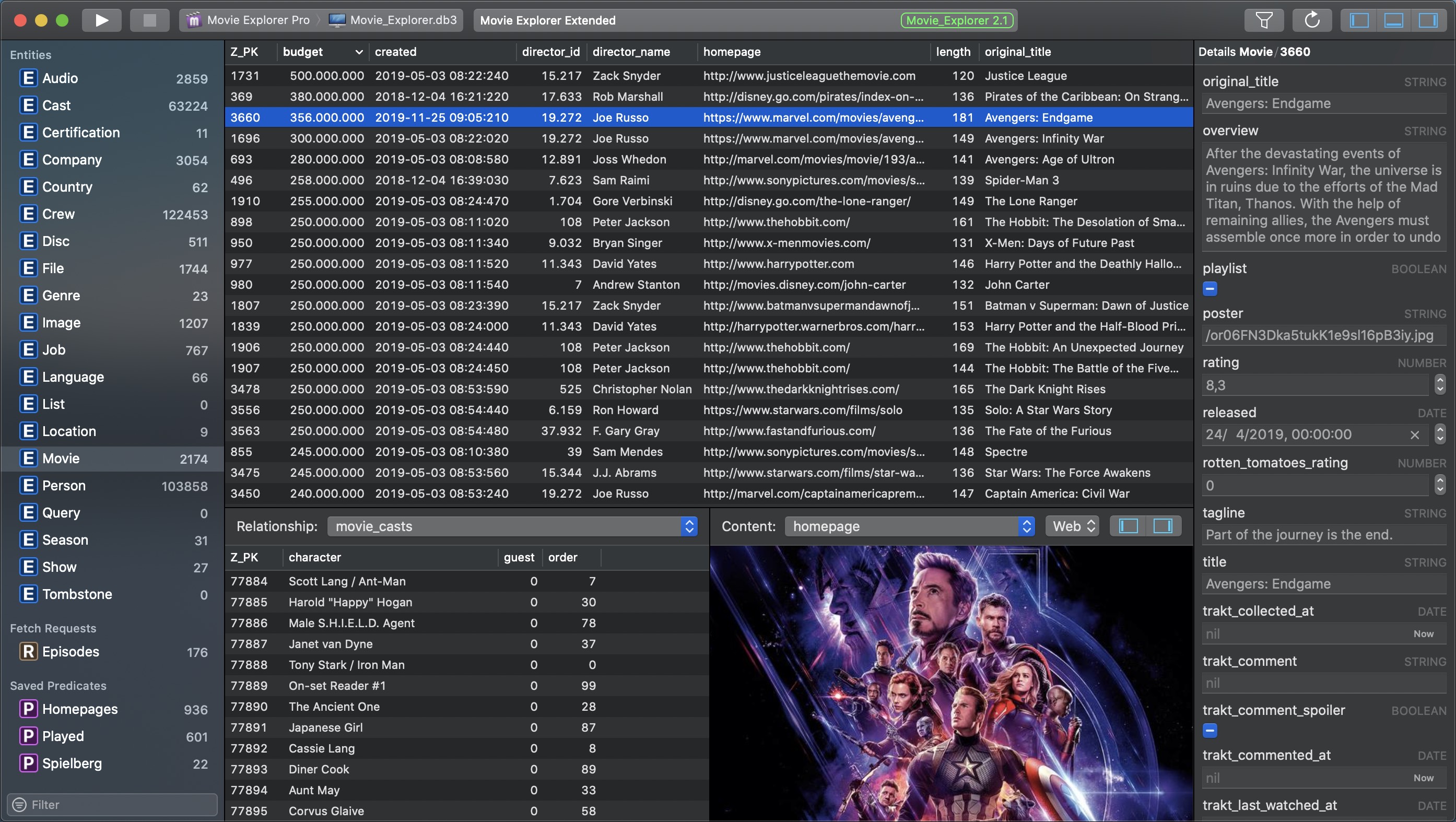

In some cases, this means a regrouping of all items from three categories ( valid, warning, and invalid) into two categories (something like valid and invalid). You might notice a change in some of our reports. You can break down your performance by country using BigQuery if you suspect this might be a cause for low performance. If you have a substantial amount of traffic from a country with, say, slow internet connections, then your performance in general will go down. Remember that data is combined for all requests from all locations. Data is assigned to the actual URL, not the canonical URL, as it is in most other reports). Only indexed URLs can appear in this report. If a URL does not have a minimum amount of reporting data for any metric, the URL is omitted from the report. So, for example, if a URL group has poor CLS but good FID, the URL status is "poor." Once a URL has a threshold amount of data for any metric, the URL group's status is its most poorly performing metric. The report is based on three metrics as measured by actual user data: LCP, FID, and CLS. The Core Web Vitals report shows URL performance grouped by status (Poor, Need improvement, Good), metric type (CLS, FID, LCP), and URL group (groups of similar web pages). Read additional case studies here Understand the report Reducing CLS from 1.65 to 0 significantly uplifted domain rankings globally for redBus.Netzwelt improved Core Web Vitals and saw advertising revenues increase by 18% and page views by 27%.Reducing Cumulative Layout Shift (CLS) by 0.2 led Yahoo! JAPAN to a 15% increase in page views per session, 13% longer session durations, and a 1.72 percentage point decrease in bounce rate.


With each 100ms reduction in Largest Contentful Paint (LCP), web conversion rate for Farfetch increased by 1.3%.When a site meets the Core Web Vitals thresholds, research showed that users were 24% less likely to abandon page load.Studies show that better Core Web Vitals improves user engagement and business metrics.


 0 kommentar(er)
0 kommentar(er)
